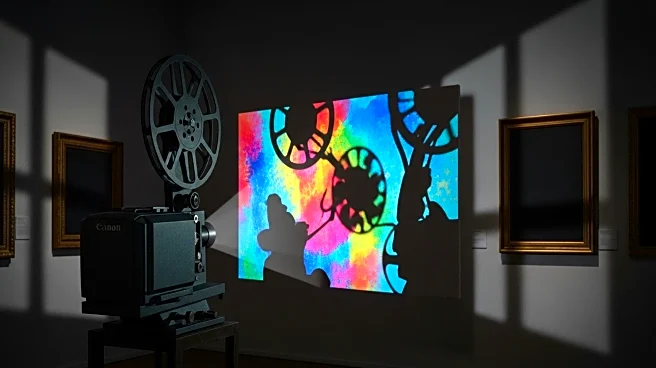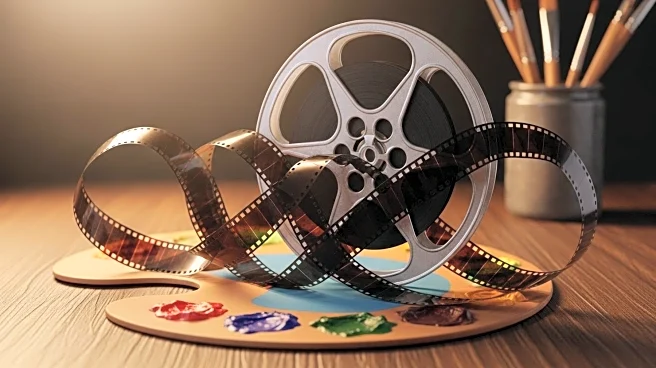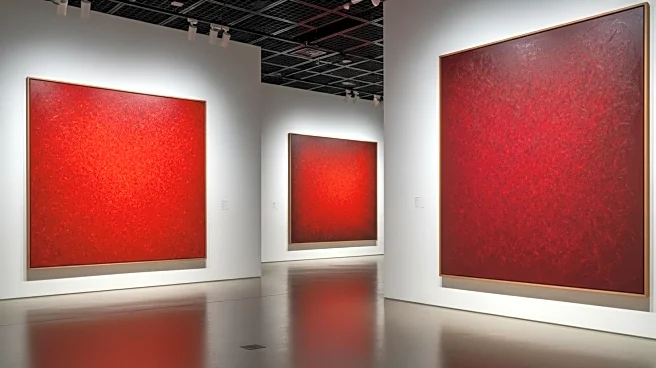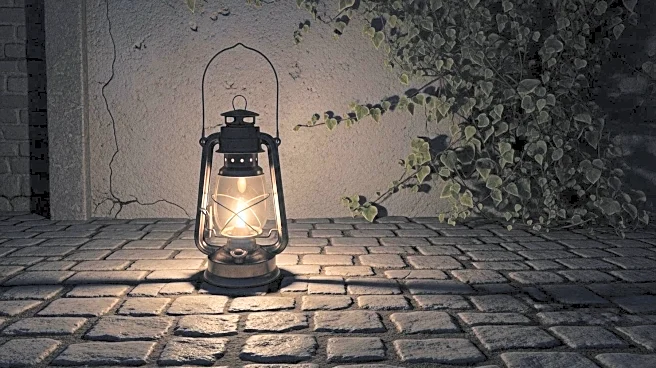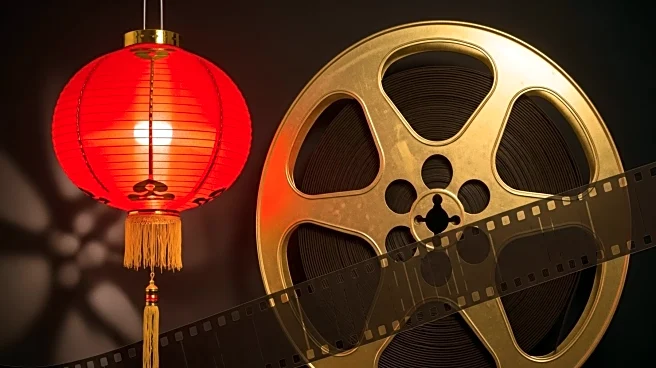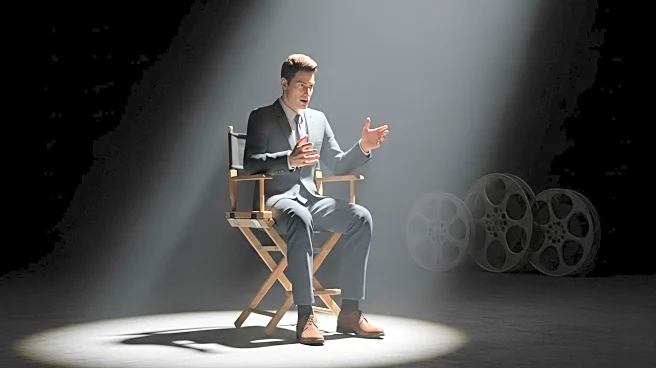What is the story about?
What's Happening?
Christopher Frayling, a professor emeritus of cultural history at the Royal College of Art, has released a new book titled 'The Hollywood History of Art.' The book examines how mainstream cinema has portrayed artists and influenced public perception of art and artists. Frayling's work spans from the 1930s to contemporary times, covering portrayals of artists like Vincent van Gogh, Michelangelo, and Frida Kahlo. He argues that these films have shaped the cultural understanding of artists, often reinforcing stereotypes of artists as inarticulate and lonely. Frayling's book originated from lectures he gave to fine art students, who surprisingly embraced these cinematic portrayals despite their clichéd nature.
Why It's Important?
Frayling's exploration highlights the significant impact of cinema on cultural perceptions of art and artists. By portraying artists in a certain light, films contribute to the narrative that art is a reflection of the artist's life, influencing how art is understood and valued. This has implications for the art market, as films can elevate the status of artists and affect auction prices. The book also addresses the evolution of artist portrayals, noting a shift towards recognizing art as a commodity and the celebrity status of artists. This reflects broader changes in the art world, where market dynamics and public perception play crucial roles.
What's Next?
Frayling's book may spark further discussions on the relationship between cinema and art, encouraging both filmmakers and audiences to critically assess how artists are depicted. It could lead to more nuanced portrayals in future films, potentially influencing how art is taught and appreciated. Additionally, the book might inspire art historians and cultural critics to explore other media's impact on art perception, broadening the conversation beyond Hollywood.
Beyond the Headlines
The book raises questions about the ethical implications of portraying artists in a stereotypical manner. It challenges the notion of artistic authenticity and the role of cinema in shaping cultural narratives. By examining these portrayals, Frayling invites readers to consider the long-term effects on artists' legacies and the art community's understanding of creativity.
AI Generated Content
Do you find this article useful?
